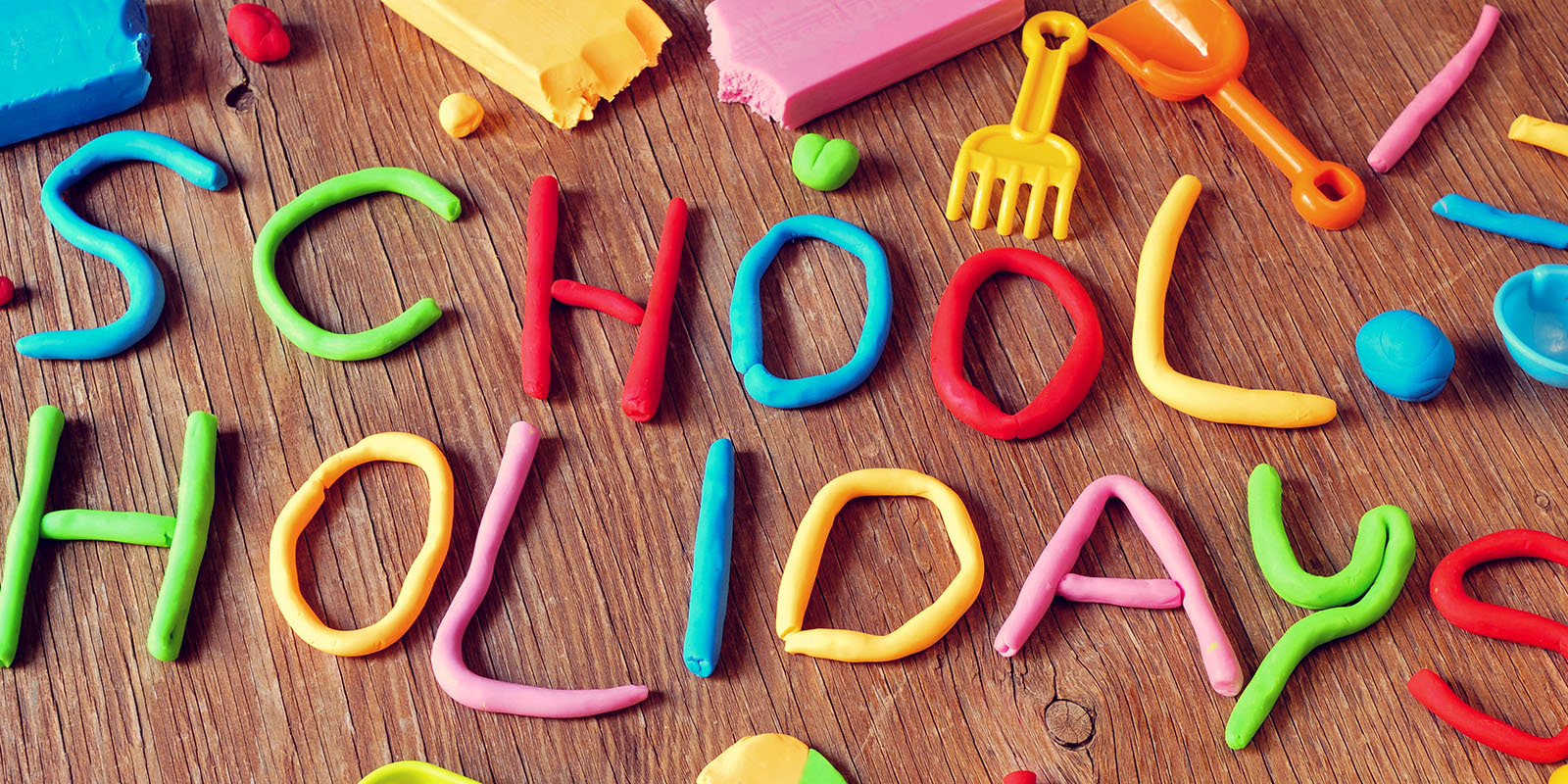The vast majority of children returning to school after the holidays will have thoroughly enjoyed their time away from the classroom. But when the joys of taking a break become a distant memory, re-motivating students can be a real struggle, regardless of age or ability.
So, how exactly can you boost attention levels and encourage excitement in the classroom once again? Well, according to a neurologist and former teacher, the answer lies in brain science.
Learning from science, not just teaching it
“All learning starts as information perceived by the five senses: vision, hearing, touch, taste and smell” says Judy Willis, who writes books and does presentations about how the brain learns best. “But the brain is only able to process about one percent of this information and it gives priority to certain things.
“With the help of brain imaging, we can see that the sensory information that gets priority is that which helps mammals survive. This tends to be information that is unexpected – our attention filter first takes in sensory information about change and novelty.”
As a result, Willis recommends that classes after the holidays shouldn’t dive into the deep end of learning straightaway. Instead, a more fun and informal approach should be adopted to get students on board sooner rather than later.
In fact, returning to your regular teaching routine could do more harm than good. After all, students will be more interested in what their classmates did during the holidays rather than any pre-prepared lesson plan.
Here are some ideas you might want to implement:
- Encourage storytelling – Go through the class and ask each student to recite what they did during the holidays. Willis says that a “child’s brain is programmed to be curious about new experiences and what friends have done, you can use it promote important qualities.”
- Play games – Along with easing students back into school slowly, certain games can also get the brain working again. For example, something like 21 questions will encourage students to think logically and improve their problem solving skills.
- Move around the classroom – “Since movement gets high priority, you can move in an unexpected way such as doing what you usually do (handing out papers or posting information on the walls) while walking backwards,” notes Wallis.
- Mix things up – Novelty and change are given priority in the human brain. Therefore, introduce curious objects into the classroom, start lessons off with a video presentation, or invite a speaker to discuss their specialist subject with students.
- Practice your pitching – “A sudden mid-sentence silence is a curiosity the attention filter wants to know more about,” says Willis. “A suspenseful pause in your speech before saying something important increases alertness and memory of what you will say or do next.”
- Set short-term goals – Have students set a few short-term goals for themselves. From improving their grades to reading a certain book, they don’t have to be overly ambitious – just enough to encourage greater focus and concentration.



